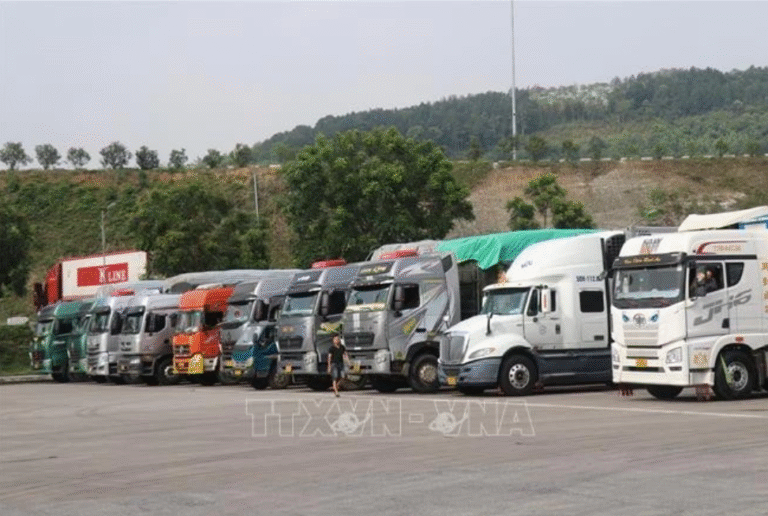

The rise of the digital nomad lifestyle has transformed the way people live and work globally. Fueled by technology, flexible remote work, and an appetite for exploration, millions have embraced a mobile existence—living and working from various locations worldwide rather than a fixed home base. But as climate change accelerates and reshapes environments, it poses growing challenges and disruptions to this dynamic community. This article delves deep into how climate change is influencing digital nomads and traditional nomadic cultures, explores the vulnerabilities and opportunities presented by a warming planet, and outlines strategies for adaptation and resilience in the face of an uncertain future.
1. Overview of Nomadic Lifestyles in the Modern Era
The term “nomad” historically referred to communities without permanent settlements, moving seasonally for resources. Today’s digital nomads, although technologically enabled and often tied to the internet rather than livestock or agriculture, share the core traits of mobility and place-independence.
Digital nomads typically:
- Work remotely using digital tools
- Live temporarily in multiple countries, cities, or regions
- Adapt their routines and environments frequently
- Prioritize flexibility, experience, and cultural immersion
In 2025, estimates suggest there are over 35 million digital nomads worldwide, spanning freelancers, entrepreneurs, and remote employees. They gravitate to cities with coworking spaces, good internet, and vibrant communities—often coastal, tropical, or culturally rich urban centers.
2. The Growing Threat of Climate Change
Climate change refers to long-term shifts in temperature, weather patterns, and sea levels primarily due to human activities such as greenhouse gas emissions. The consequences include:
- Rising global temperatures
- Increased frequency and intensity of natural disasters (hurricanes, floods, wildfires)
- Sea level rise threatening coastal areas
- Disrupted ecosystems and biodiversity loss
- Changes in water availability and agricultural productivity
These transformations are unfolding rapidly and unevenly across the globe, directly impacting the places nomads choose to live and work.
3. Direct Impacts on Digital Nomads’ Destinations
3.1 Coastal Cities and Rising Sea Levels
Many popular digital nomad destinations are coastal cities or island nations—Bali, Lisbon, Barcelona, Miami, Cape Town, Phuket, and others. Rising sea levels threaten to inundate low-lying neighborhoods, disrupt infrastructure, and degrade beaches and tourism assets.
- In Bali, rising tides and coral bleaching imperil the natural beauty that attracts nomads and tourists alike.
- Lisbon faces increasing flooding during storms, challenging urban infrastructure and real estate markets.
- Miami is grappling with “sunny day flooding” where high tides flood streets even without storms.
Nomads dependent on these locations risk displacement and disruptions in their routines. Property prices can fluctuate with climate risk, and insurance may become prohibitively expensive or unavailable.
3.2 Increasing Frequency of Extreme Weather Events
Wildfires in California, floods in Europe and Asia, hurricanes in the Caribbean, and heatwaves in Australia and Southern Europe are becoming more frequent and severe.
- Wildfires in California and Portugal have forced evacuations and property damage.
- Flooding in Bangkok and Jakarta disrupts daily life and business operations.
- Heatwaves in Mediterranean countries reduce outdoor coworking viability and strain healthcare systems.
Nomads may find it challenging to predict where to go safely, requiring contingency planning for emergency evacuation, healthcare access, and work continuity.
3.3 Water Scarcity and Resource Limitations
Climate change exacerbates water shortages in regions such as parts of Spain, Mexico, and Morocco, already facing drought conditions.
- Water rationing reduces quality of life and hotel or rental availability.
- Resource limitations increase living costs.
- Limited agricultural yields may push food prices higher.
Nomads traveling with families or for longer stays need to consider environmental sustainability and resource availability in their location choices.
4. Vulnerability of Traditional Nomadic Communities
While digital nomads are a recent phenomenon, millions of traditional pastoral and hunter-gatherer nomads across Africa, Asia, and the Middle East have practiced mobility for centuries. Climate change threatens their survival and cultural continuity.
- Pastoralists in the Sahel face shrinking grazing lands due to desertification.
- Mongolian herders confront harsher winters and altered grassland patterns.
- Indigenous Arctic nomads face melting ice and disrupted migration routes.
Loss of land, water, and biodiversity directly threatens food security and livelihood, forcing many into permanent settlements and risking cultural loss.
5. Economic and Social Consequences
5.1 Displacement and Migration
Climate-related disasters contribute to growing displacement globally. Digital nomads who plan around safe, stable environments may face sudden migration pressures when their host locations are impacted.
5.2 Impact on Real Estate and Cost of Living
Rising insurance premiums, property damage, and infrastructure stress may increase housing costs or reduce available accommodation in desirable areas.
5.3 Shifts in Popular Destinations
Destinations less affected by climate change or investing in resilience—like inland European cities or certain mountain regions—may rise in popularity. Digital nomads may be pushed towards more climate-resilient hubs.
6. Adaptation and Resilience Strategies for Digital Nomads
6.1 Environmental Awareness and Destination Selection
Nomads increasingly research climate risks and sustainability before choosing destinations. Tools like climate risk maps, local environmental initiatives, and community feedback are vital.
6.2 Flexible Work and Mobility Plans
Adopting flexible travel schedules and backup destinations helps nomads avoid getting stranded during extreme events. Travel insurance with natural disaster coverage is becoming a priority.
6.3 Sustainable Living Practices
Many nomads embrace sustainable living—minimizing waste, supporting local eco-friendly businesses, using renewable energy accommodations, and reducing carbon footprints through responsible travel choices.
6.4 Community Building for Crisis Support
Online and local nomad communities act as information and support networks during crises, sharing resources and advice for safe relocation or recovery.
7. Role of Governments and International Organizations
Some governments have launched digital nomad visas, often with sustainability criteria. International organizations push for climate adaptation funding in vulnerable countries.
- Portugal’s new digital nomad visa includes incentives for eco-friendly living.
- Bali’s government promotes sustainable tourism to protect natural assets.
- UN programs focus on integrating nomadic communities into climate resilience planning.
8. Technological Innovations Supporting Adaptation
- Satellite internet (Starlink, OneWeb) improves connectivity even in remote or disrupted areas.
- Apps providing real-time environmental alerts and health advisories support safety.
- Blockchain-based insurance offers rapid claims processing after disasters.
- Smart building technologies enable energy-efficient, resilient coworking and living spaces.
9. Opportunities Emerging from Climate Change
Though challenging, climate change also creates opportunities:
- Growth of eco-tourism and “green” coworking hubs attracts environmentally conscious nomads.
- Rising demand for climate experts, sustainability consultants, and remote environmental monitoring jobs.
- Expansion of inland cities and cooler climate zones as new nomad hubs.
- Increased awareness drives innovation in sustainable travel, accommodation, and work practices.
10. Conclusion: Navigating an Uncertain Future
Climate change represents both a threat and a transformative challenge for nomadic lifestyles worldwide. Digital nomads must adopt adaptive, resilient, and sustainable practices to continue thriving amid shifting environmental realities. Traditional nomadic cultures require urgent support to preserve their heritage and livelihoods.
By integrating environmental consciousness into destination choices, fostering community resilience, leveraging technology, and advocating for policy innovation, the nomadic world can evolve sustainably—ensuring mobility remains a source of freedom, opportunity, and cultural exchange for generations to come.



